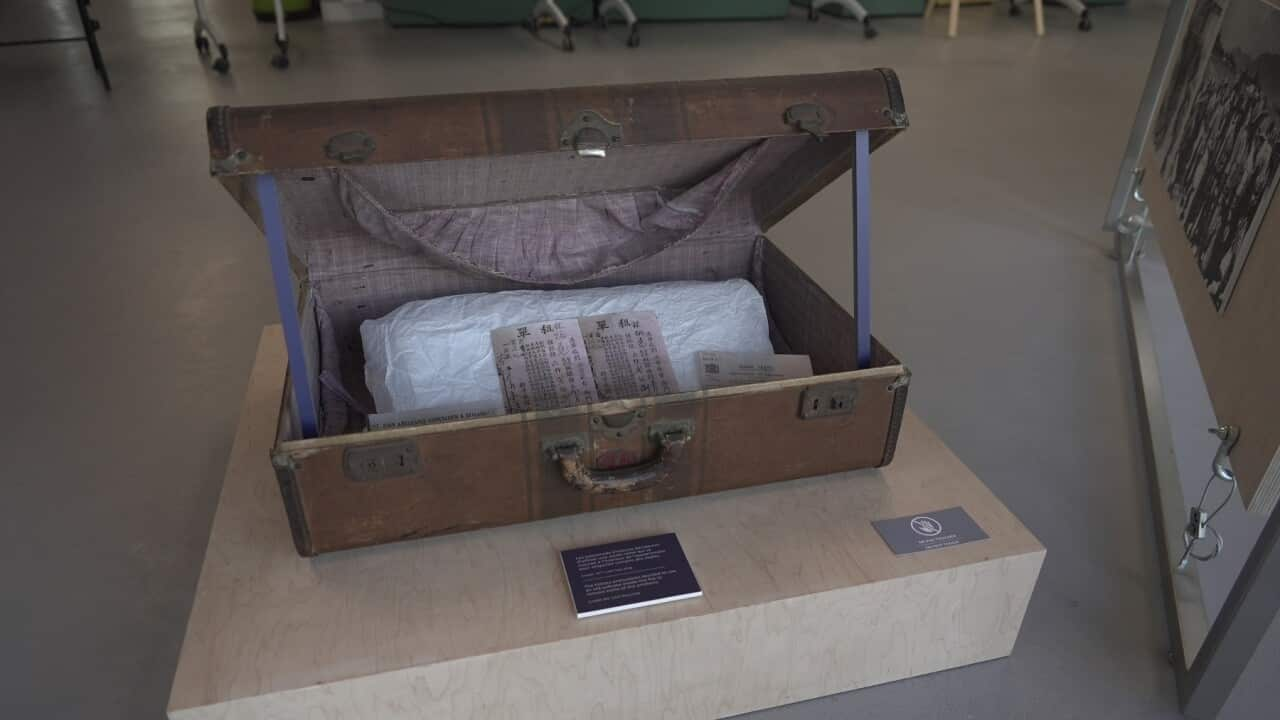Years ago the then director of Melbourne's Italian Historical Society received a letter from Peter Bertola, an elderly Italo-Australian man from Western Australia, who was sending the diary of Italian soldier Francesco D'Urbano.
The war diary had been found by his neighbour in one of the battlefields in North Africa, where about 35,000 Italian soldiers had been captured during WW2.
Read the article in Italian

When Italian POWs were sent to Australia
"Even though he could not understand Italian, he understood that it was something very personal and important which could not and should not end up forgotten in an archive. He asked us to help him find the family of the soldier, who may have perished in the battlefields."
Listen to the story of an Italian POW

Seven years in Australia as a POW: Ugo Lo Iacono's story
During the Italian defeat on the African front, around 200,000 Italian soldiers were captured and interned as POWs in various camps, from South Africa to Palestine and India, where they remained as prisoners while the war kept raging in Europe.
After the armistice on September 8, 1943, thousands of Italian soldiers were sent to England, South Africa and Australia. Between 1941 and 1944 around 18,000 Italian prisoners of war arrived in Australia, to work in farms and government projects.
Episodi precedenti:

Once upon a time in Australia: Maria Teresa e Mario Viganò
Residents in metropolitan Melbourne are subject to stay-at-home orders and can only leave home for food and essential supplies, work, study, exercise or care responsibilities. People are also advised to wear masks in public.
People in Australia must stay at least 1.5 metres away from others. Check your state’s restrictions on gathering limits.
If you are experiencing cold or flu symptoms, stay home and arrange a test by calling your doctor or contact the Coronavirus Health Information Hotline on 1800 020 080.
News and information is available in 63 languages at sbs.com.au/coronavirus





